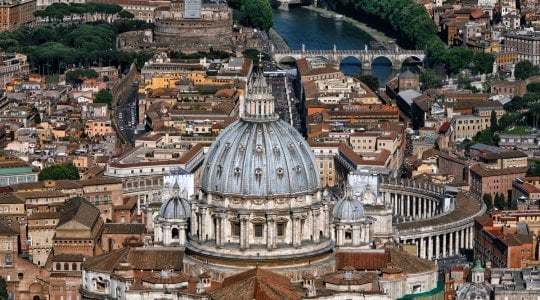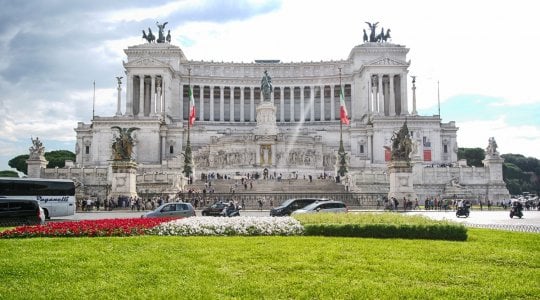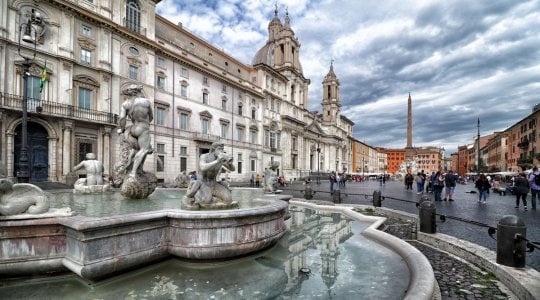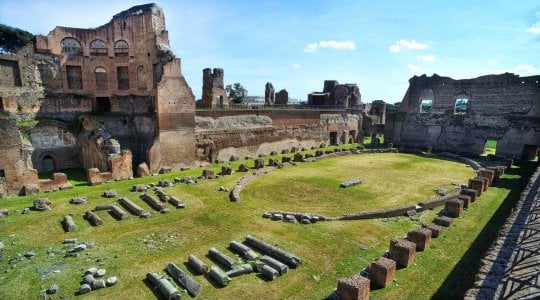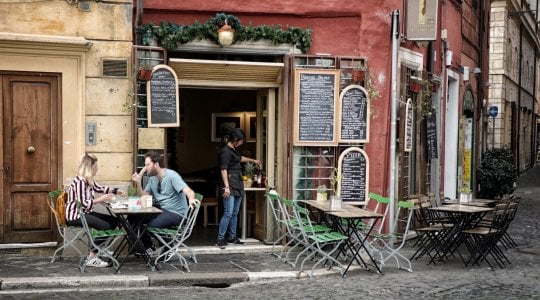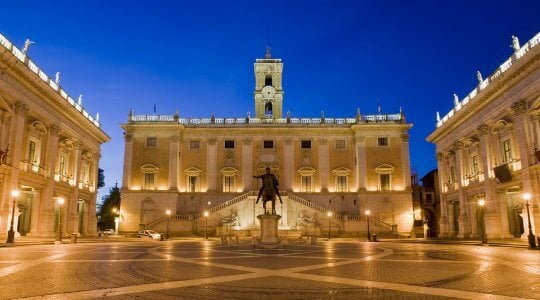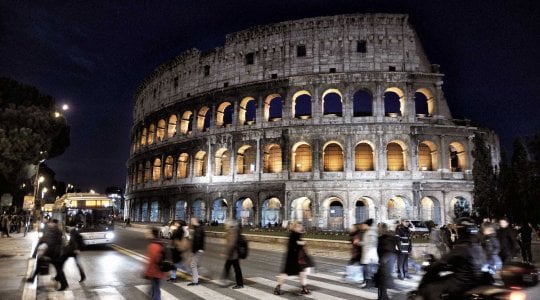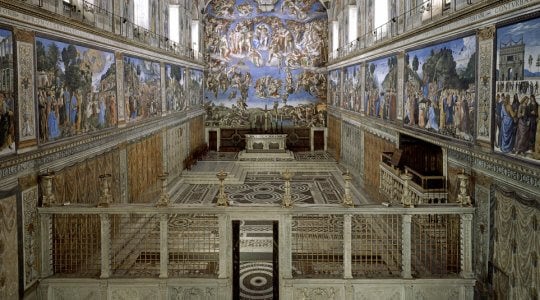Official Reseller Rome and Vatican – Jubilee 2025
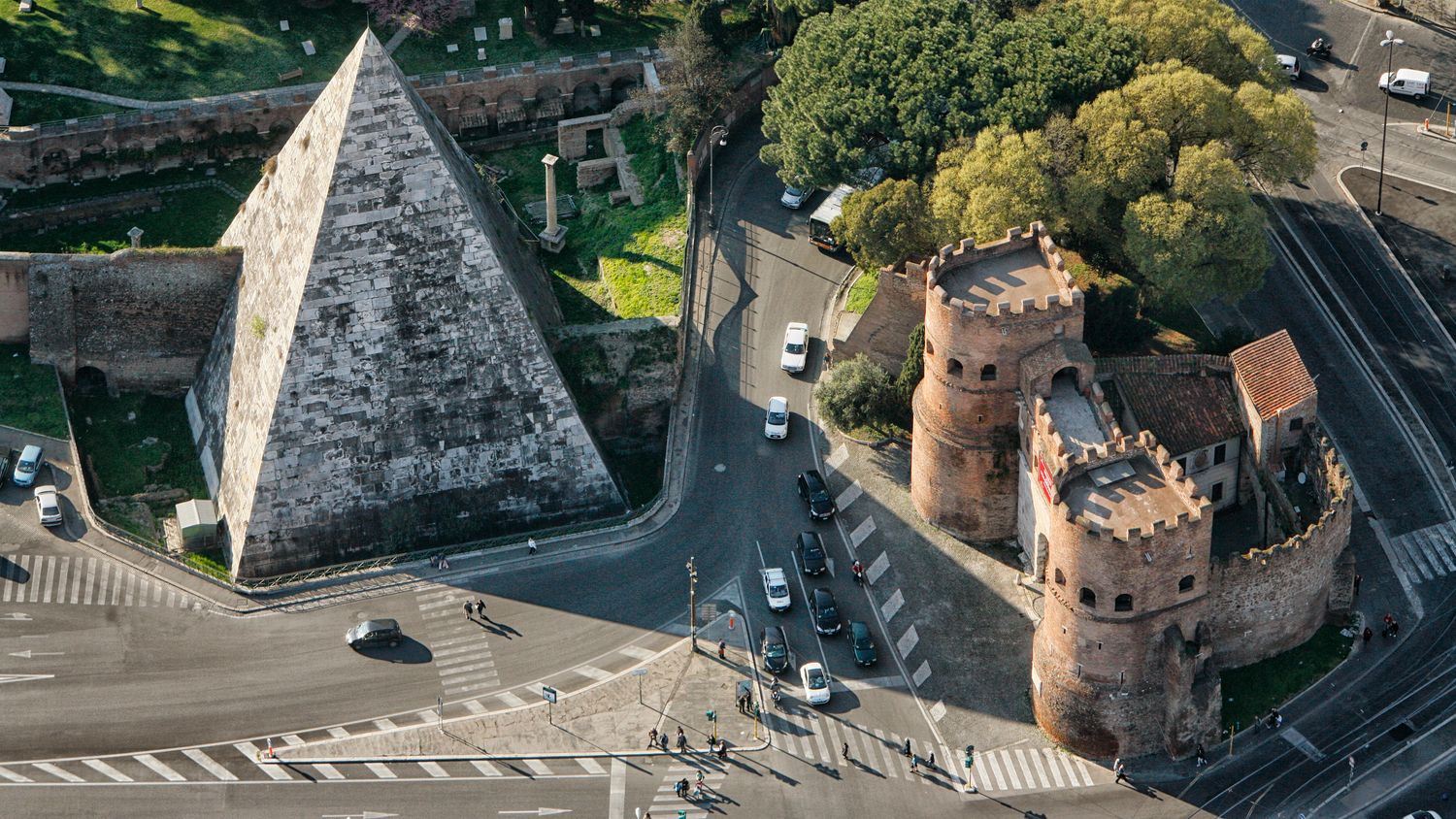
Rome neighborhoods: Ostiense
The Ostiense zone rises in the southern part of Rome, and is bordered by the Aurelian Walls and the Tiber, as well as by the neighboring Testaccio and San Saba zones (north), Ardeatino (east), EUR (south) and Portuense (west).
The Ostiense zone over time
This zone takes its name from the street that crosses it, Via Ostiense, which is one of the oldest in Rome.
This street connected the city with the sea, through the port of Ostia and was therefore fundamental for the commercial exchanges that had so much importance for the caput mundi of antiquity.
On the other hand, the most recent past of the Ostiense zone is markedly proletarian and industrial.
In the fascist era, precisely in 1921, this area assumed the official status of a neighborhood. At the same time, numerous factories were built, including a glasswork, a distillery and a sawmill, several workshops, the river port and a * gasometer * (the highest in Europe, now in disuse and open to the public), as well as a power plant. Ostiense also became the headquarter of the General Markets, which were abandoned only recently. Also, the Ostiense railway station is dated in this period.
The neighborhood was therefore quite populous, as some of the workers who worked in the area came to live here, bringing vitality to it. Thus, several restaurants for catering (there are still historic and much-loved Roman restaurants), dance halls, cinemas, etc. were opened. In the 1950s Ostiense was one of the most popular neighborhoods for gourmets and nightlife lovers.
The Ostiense zone today
From the architectural point of view, we go from the buildings of the early 20th century (high ceilings, marble staircases and really pretty facades) to the new buildings with a modern taste, with an intermediate range of independent houses with gardens.
Ostiense is a pleasant neighborhood to visit that combines the family atmosphere of the zone with the liveliness of Roman life, which unites the center with the most peripheral parts of the city, thanks to the strong presence of public transport in this area. In this neighborhood there is also the University of Roma Tre that contributes to make this area so popular with Roman and non-Roman students.
Where to go in Ostiense
Ostiense is a lively neighborhood, with a strong cultural identity made up of thousands of opportunities to enjoy the nightlife, art, the pleasures of good food, shopping in flea markets and much more, but without the hectic pace of other neighborhoods. The tradition of the 1950s has been maintained over time and the zone still boasts attractions for the night lovers and for those who want to enjoy the most genuine Roman cuisine.
The area is rich in services: to do the grocery shopping you have the famous shopping center * Eataly * and various local shops available and to eat out while, due to tradition and for the presence of many university students (attending the Roma 3 university, located here), the choice is wide and tempting.
The night life, as mentioned, is lively, particularly in the area of Via Libetta (rich in clubs and discos) and for those looking for more unbridled fun there is the advantage of being close to the Testaccio zone.
Even the history of Ostiense is very much alive and visible, it is enough to admire the Pyramid of Cestius or the Basilica of Saint Paul outside the walls to understand that the past is now contrasted with a present full of good cultural proposals.
Ostiense, indeed, is also home to some cultural associations, aimed more at the enhancement of the rich heritage of the area, which also includes the catacombs of Santa Tecla and Commodilla, the Ostiense Necropolis, the second exhibition center of the Museums Capitoline.
Staying here means being well connected to the center and adjacent neighborhoods thanks to the metro, with 3 stations (Piramide, Garbatella and Basilica San Paolo), to the Ostiense train station (the third station of the capital by annual number of passengers, which also offers a connection with Fiumicino Airport) and, finally, to the various bus lines.
As for road connections, the most important are Circonvallazione Ostiense, and, especially in summer and on weekends, the roads that connect the nearest beach Ostia Lido in about twenty minutes or so (depending on traffic).
